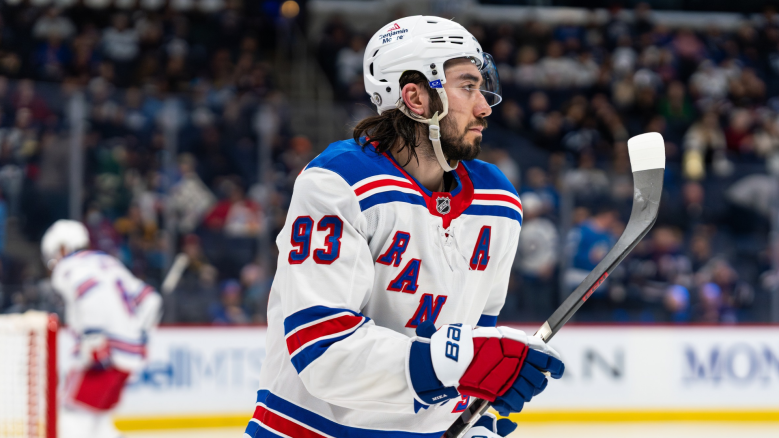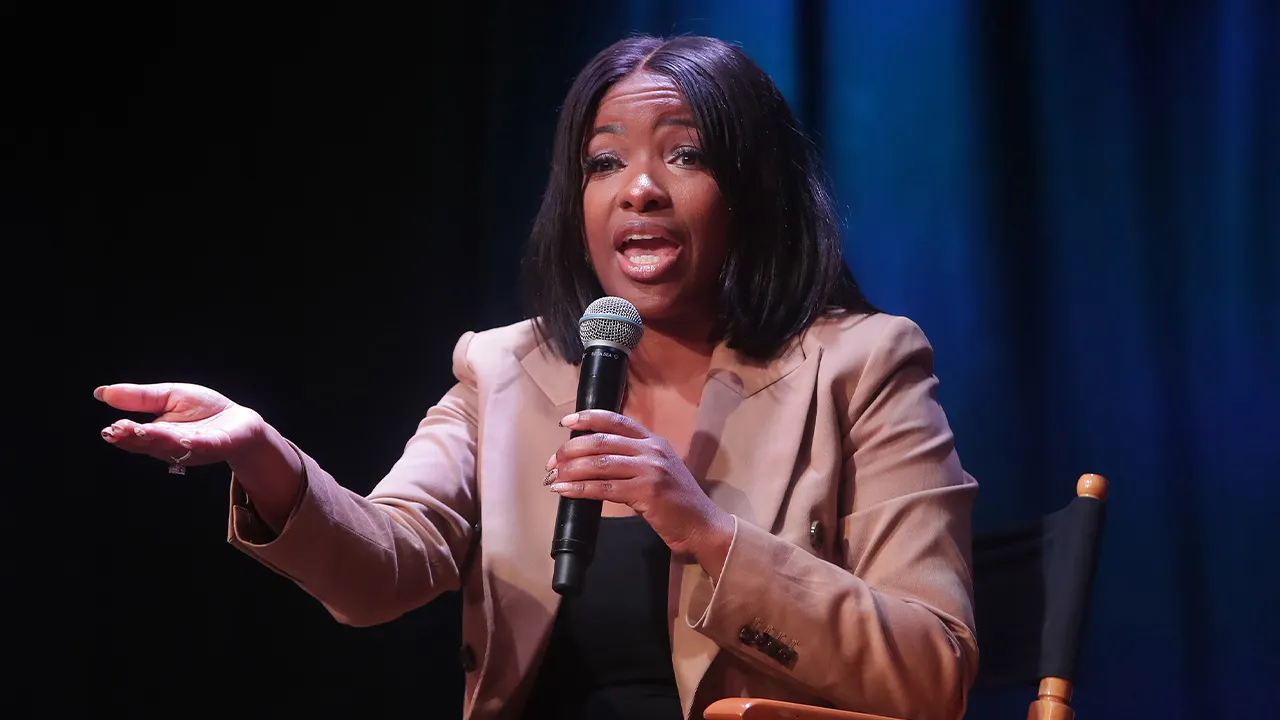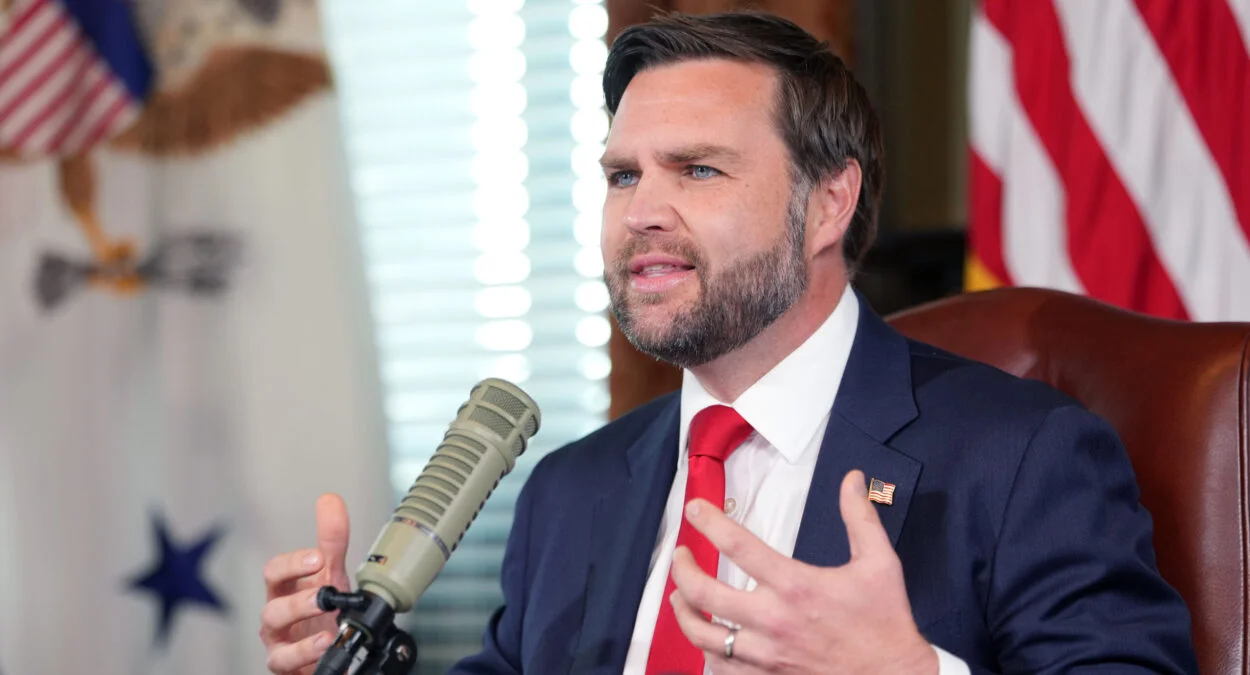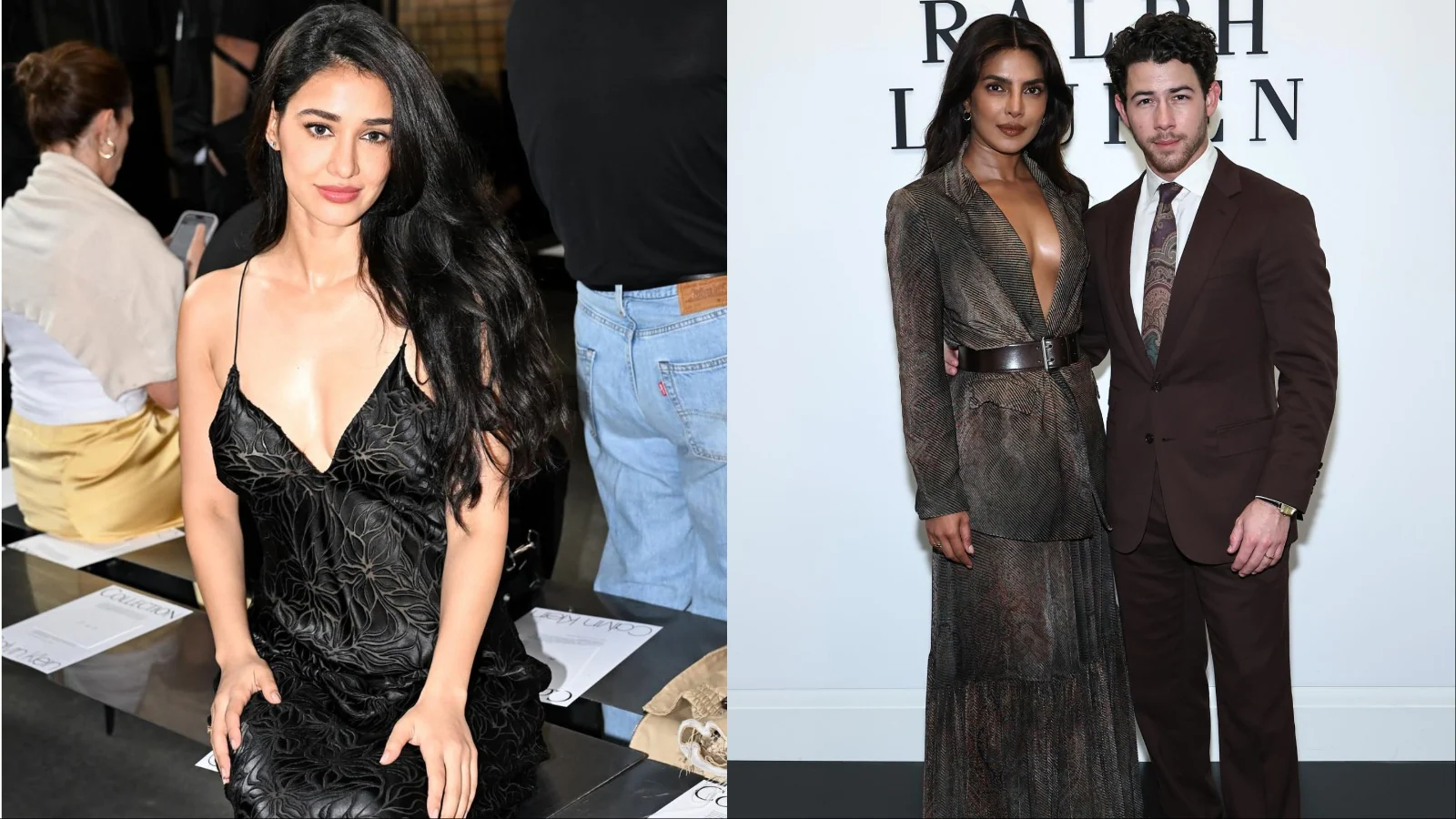
The New York Rangers can’t escape the shadow of last season’s collapse until they prove something on the ice, but training camp already presents the first true test of Mike Sullivan’s new era. At the center of it all is Mika Zibanejad.
The Athletic raised pointed questions about the veteran forward, and they’re not small ones. Where Zibanejad plays, and how he performs, could decide whether the Rangers rebound or stumble again.
Center or Wing: The Lineup Dilemma
Sullivan revealed to NHL.com that he envisions Zibanejad on J.T. Miller’s right wing, at least to open camp. It’s easy to see the appeal. Together, the pair outscored opponents 14-12 in 259 five-on-five minutes and controlled more than half of the expected goal share, according to Natural Stat Trick. The chemistry provided a much-needed boost to a roster that was otherwise sagging.
But keeping Zibanejad on the wing leaves a major gap down the middle. If Vincent Trocheck takes over as the No. 2 center, the Rangers will then need to determine who will handle the third-line role. Juuso Pärssinen will likely get the first shot, though his résumé is thin—he hasn’t played more than 48 games in a season. Jonny Brodzinski or Sam Carrick could fill in, but neither projects as a true top-nine center.
Sliding Zibanejad back to center would solve that issue, but it stretches an already thin group of wingers. Either way, Sullivan faces a lineup choice that will shape the Rangers’ identity from the start.
Which Version of Zibanejad Will Show Up?
Just as critical as Zibanejad’s position is the question of consistency. His 2024–25 season was split in two: a sluggish first half followed by a strong finish. Over the last 46 games, he tallied 14 goals and 41 points, showing flashes of the player who once anchored the Rangers’ top line.
The Miller trade may have sparked him, but the underlying numbers tell a complicated story. Away from Miller, Zibanejad posted a 47.47% expected goals rate, while Miller, without him, slumped to 37.98%, per Natural Stat Trick. That suggests Miller benefited more from the pairing than Zibanejad did, raising doubts about whether Zibanejad can still drive a line on his own.
For the Rangers, those doubts are not academic. With Chris Kreider gone and Artemi Panarin entering a contract year, the offense hinges on Zibanejad’s ability to sustain second-half form. If he slips back into early-season struggles, the burden could overwhelm New York’s other forwards.
The Athletic’s framing puts Zibanejad front and center: his role, his consistency, and his chemistry with Miller will define the Rangers’ season. Sullivan was hired to fix the team’s fractured culture, but success may come down to whether Zibanejad is still the player New York can build around—or if he’s better suited as a complementary piece.
The Rangers don’t have the luxury of time to sort this out quietly. The Eastern Conference looks crowded again, and an early stumble could dig a hole too deep to climb out of. That makes Sullivan’s decision on Zibanejad’s role not just a training camp storyline, but one of the season’s defining pivots.
Either way, all eyes at camp will be on No. 93.



